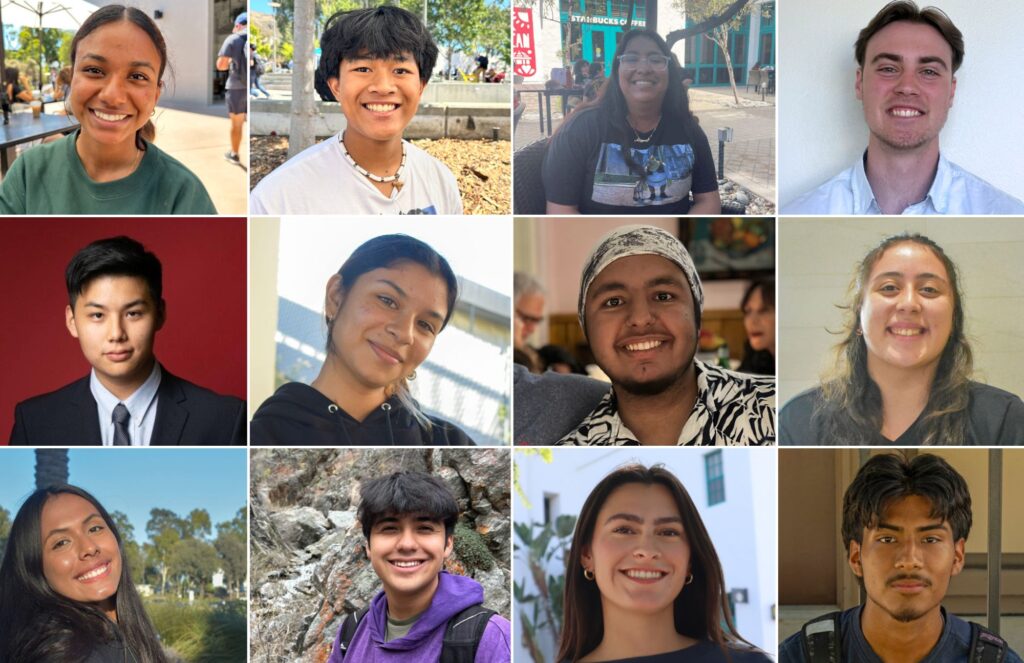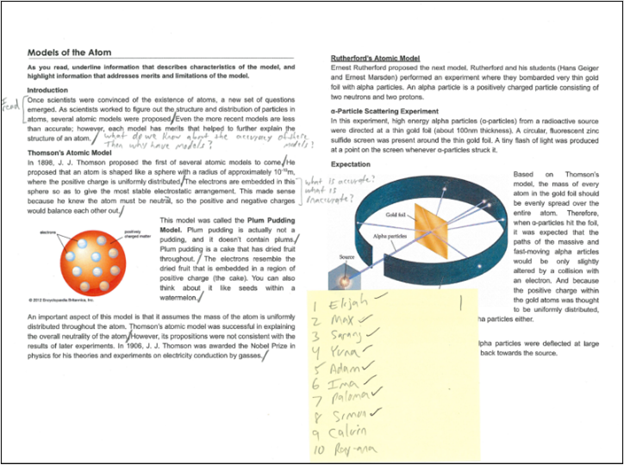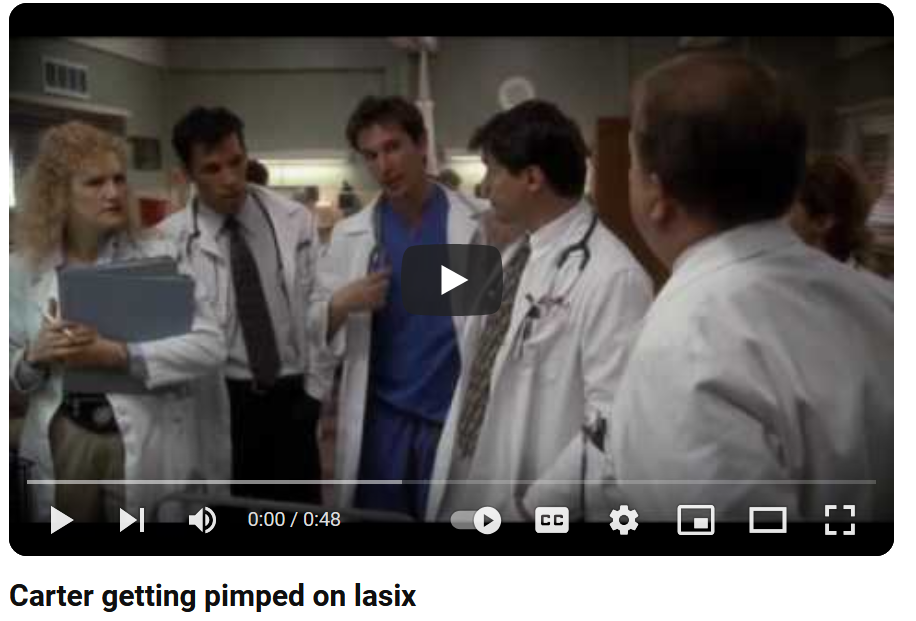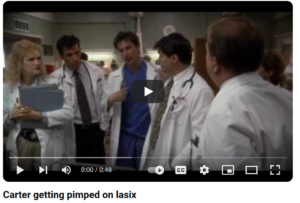Steve Kuninsky is one of our twelve Cohort 3 Teach Like a Champion Fellows. His cohort began working with our team in December 2022 and just presented their final projects in January. Steve’s final project explored the use of FASE Reading in high school Chemistry at the Gwinnett School of Mathematics, Science, and Technology. If you are interested in becoming a TLAC Fellow or know someone who might be a good fit, applications for our fourth cohort are open and available here: https://teachlikeachampion.org/teach-like-champion-fellows/ and are due by May 30, 2025.
In order to become better readers, students need to read, and this is why I chose to study FASE Reading in Chemistry for my Fellows project. FASE reading is a systematic approach to having students read out loud and follow along as others read. The goal is to encourage reading that is Fluent, Accountable, Social, and Expressive.
For years, I would ask my AP Biology students to read their science textbooks in preparation for class. I was consistently frustrated by the lack of compliance and success with what I thought was a very simple request.
It turns out my request wasn’t actually so simple. I was asking students to read a college level textbook, understand concepts addressed in the text, and come to class with an understanding of those concepts. At some point, I started wondering if I was asking them to demonstrate mastery of a skill on which they had yet to develop proficiency.
In order to successfully make meaning from any text, students must read with fluency. And in order to become fluent readers, they need to practice reading – something they typically don’t do enough of on their own, especially in science classes. What I needed was some way to help my students practice reading fluently in a way that held them accountable to participate, provided effective feedback, and modeled what fluent reading looks like.
In October 2023, I had the opportunity to attend the TLAC Reading Reconsidered Workshop. I had already experimented with FASE on my own, and this workshop inspired and equipped me to deepen my use of this technique. I had recently shifted from teaching AP Biology to Chemistry, which is a 9th grade course. FASE seemed like a great method for working on reading skills with my freshmen, who I knew would be expected to read a college level Biology textbook the following year.
What I love most about FASE is that it provides a low pressure/low stakes environment in which students can practice reading while receiving immediate feedback. Those who aren’t reading follow along, listen, and hear feedback offered to their peers.
Here’s a clip of the first time I used FASE Reading in my class back in August:
Planning and preparation are key to successful use of FASE. Prior to implementing FASE, explain to your students how they are expected to participate. The video of my roll out is provided here for reference. One of the most important points to make is that mistakes are normal, expected, and ok – Reinforce that Culture of Error.
When preparing a text for FASE:
- Plan reading sections and identify who will read each section in advance. Mark your copy of the text to indicate when you will transition between readers.
- Keep reading durations short, but variable.
- Keep readers unpredictable. Avoid going in a specific order that allows students to predict the next reader.
- Intentionally match students to a text. Especially for struggling readers, look to provide a section that will challenge but not overwhelm them.
- Identify what section(s) you will read to model fluency for your students – this is called bridging.
Here’s the text that I marked up for this first instance of FASE Reading in class. Note that the first sentence is marked for bridging (where I read to model fluency), and slashes indicate where I planned to transition between readers. Questions to ask after certain sentences are written on the document to help me check for understanding of students’ comprehension. I preselect students to read and keep a list of their names on a post-it note; this helps me ensure that I hear a multitude of voices across the classroom, and I can use my knowledge of students to determine which portion of the text I want them to read.
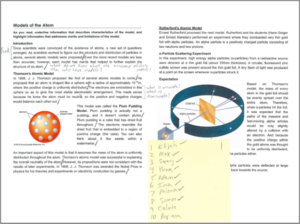
Perhaps at this point, you’re wondering how we got here. Some people think that students aren’t okay with reading out loud together. Right before the clip above, I gave a quick Roll Out of FASE Reading. I told students the purpose of the system and how they should expect to be invited to read and what they should do while peers read.
See my Roll Out of FASE Reading here:
My biggest takeaway is when reading out loud becomes a regular part of class, when mistakes are normalized, and when successes are celebrated, FASE can become a community building experience. Your students will feel a sense of enjoyment and belonging as you work together with the common goal of reading fluency.
Want to bring FASE Reading to your campus or learn more about Science of Reading? Check out:
The Teach Like a Champion Guide to the Science of Reading: Translating Research to Reignite Joy and Meaning in the Classroom by Doug Lemov, Erica Woolway, and Colleen Driggs, addresses the pressing challenges educators face in effectively incorporating the Science of Reading into their instruction once students already know how to decode. By offering actionable guidance grounded in seven evidence-based principles, this book helps teachers elevate their instructional practices and better prepare students to be lifelong readers and thinkers. Coming out in late July! Preorder your copy here.
Plug and Plays: Check out our FASE Reading Plug and Play, a fully-scripted professional development session including the PowerPoint slides, videos, handout, and talking points here.
TLAC Online: Teachers can study Ways of Reading, including FASE Reading, in these 15-minute teacher-facing modules that include video, quick reading, and practice here.
